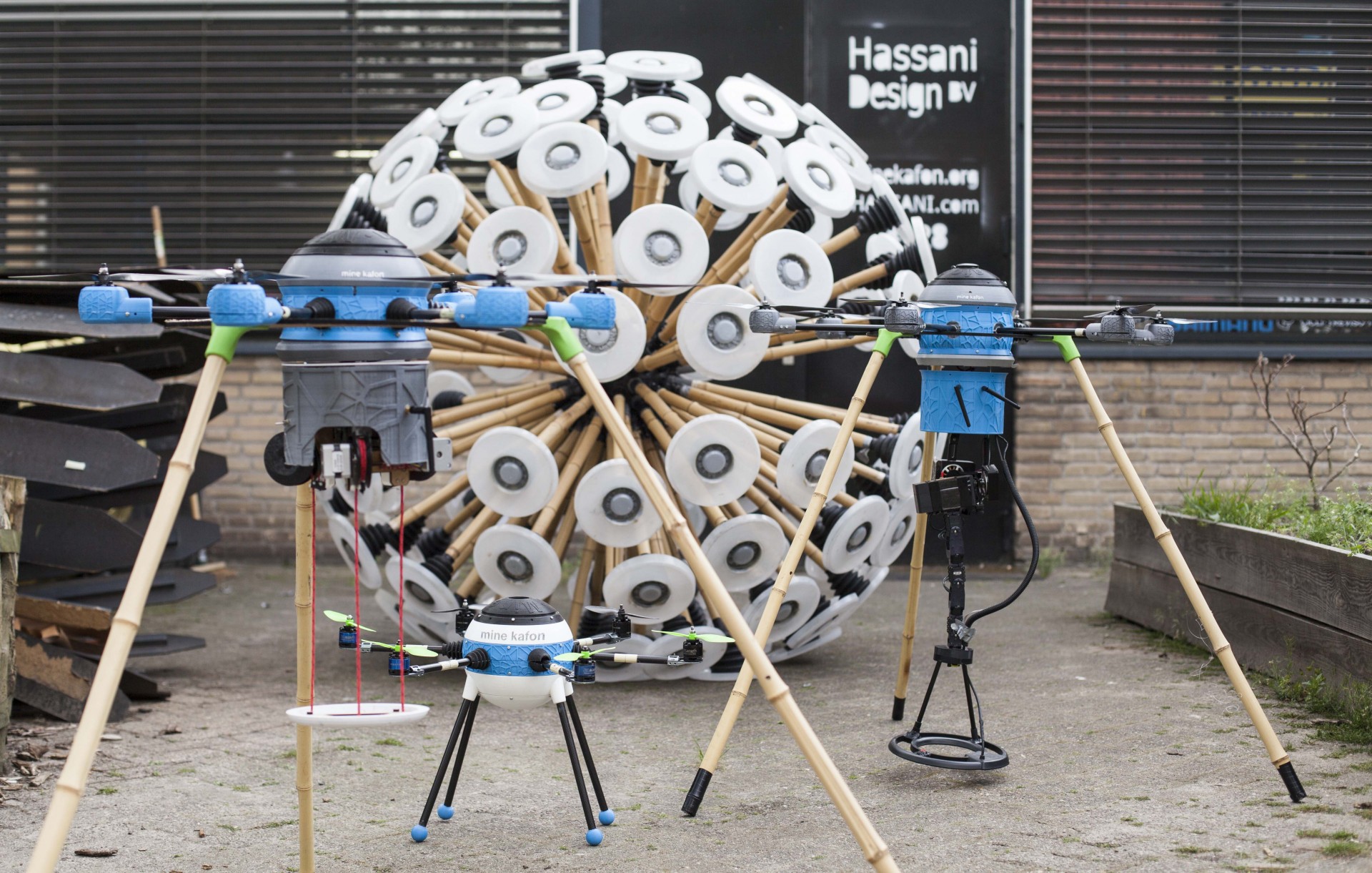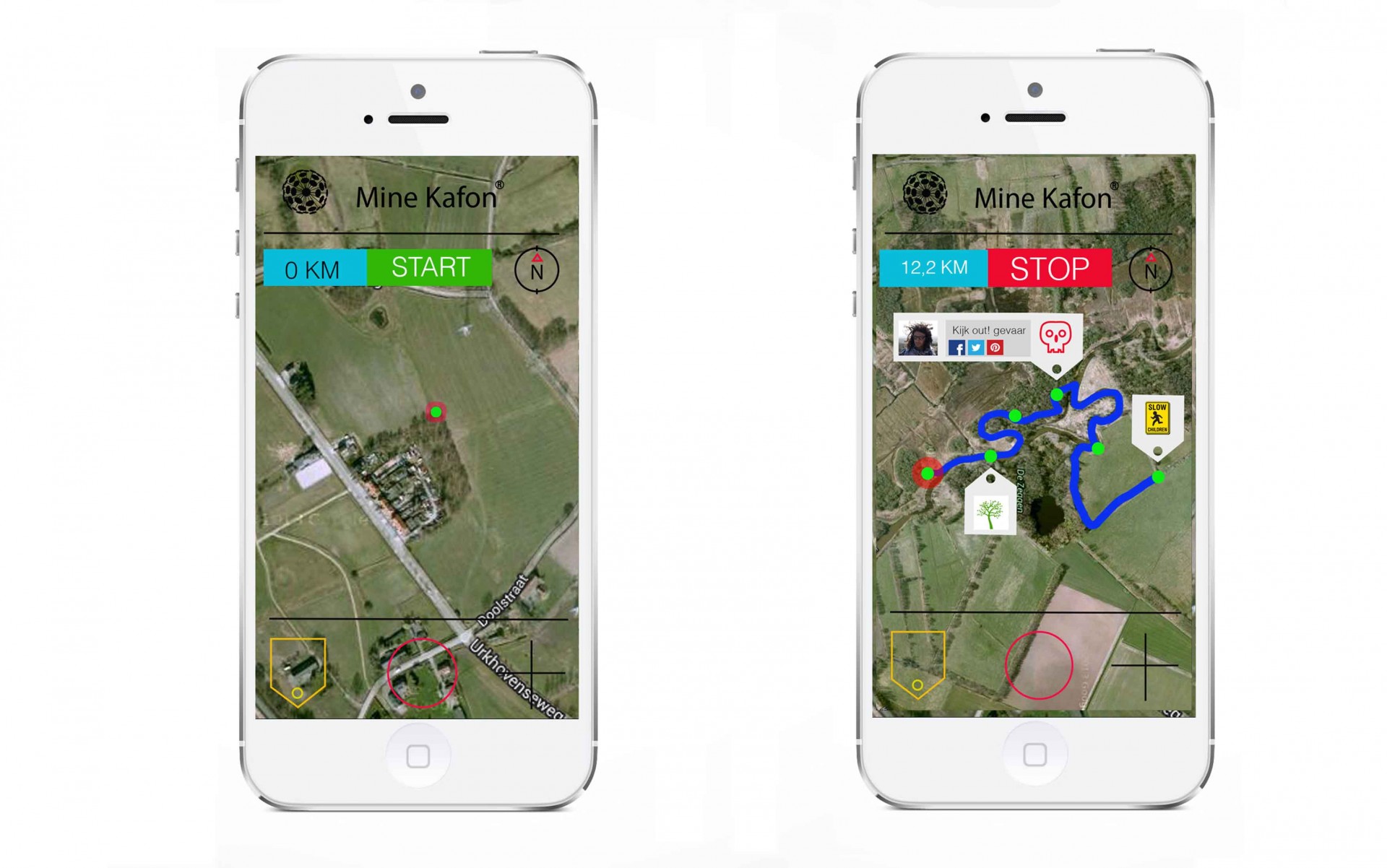Netherlands (Maastricht)
Two Afghan refugees are raising global awareness of a neglected topic: landmines. There are 110 million landmines worldwide – and every day ten innocent civilians are killed or maimed by these explosives in nearly 80 countries. One of the worst affected countries is Afghanistan, where most of the victims are children.
Growing up on the edge of Taliban-ruled Kabul, Massoud and Mahmud Hassani experienced their dangers from an early age. Inspired by the wind-blown toys they made during their childhood, Massoud designed a giant ‘puffball’ which looks like a dandelion seed head. Made of a metal ball with bamboo spikes, it picks up wind and rolls across minefields – detonating landmines on contact.
He called it Mine Kafon, after ‘kafondan’, which means ‘something that explodes’ in the Hassani’s native Dari language. The Kafon contains an internal GPS mapping unit to keep track of where it has been, mapping land cleared of mines, safe paths and warning users about unsafe areas.
The brothers hope it can become a useful tool for governments and organisations involved in clearance activities, allowing to provide up-to-date information on contaminated and cleared areas and how the process is happening. People will be able to upload photos and access the database.
Although cheap to make, the device can be at the mercy of the winds, and has been more successful at raising awareness. Now living in the Netherlands, and labelled one of the top 25 designers shaping the future, Massoud is currently developing an airborn demining drone that combines 3D printing and robotics with a metal detector to find and ultimately make the world mine-free by 2027: “Our goal is to make a product which is safer, faster and cheaper then the existing technologies available. We could potentially clear all landmines in ten years.”
Mahmud realises the importance of being accepted as a refugee and having the chance to make a difference in the world. “Mine Kafon is not only an anti-landmine device. It opens a discussion of global awareness.”
Donate here to fund development and so the brothers can take the device to Afghanistan. It will be the brothers’ first time home after fleeing Kabul to the Netherlands – where they are accepted as refugees.
Project leader
Massoud and Mahmud Hassani
Support the Atlas
We want the Atlas of the Future media platform and our event to be available to everybody, everywhere for free – always. Fancy helping us spread stories of hope and optimism to create a better tomorrow? For those able, we'd be grateful for any donation.
- Please support the Atlas here
- Thank you!






